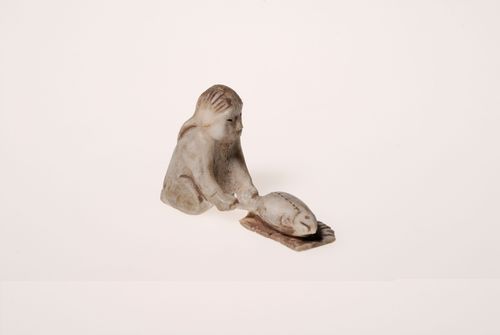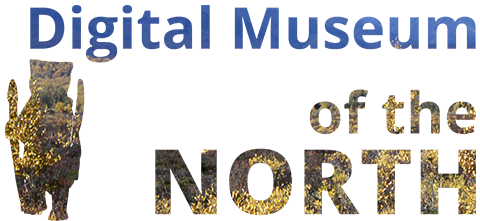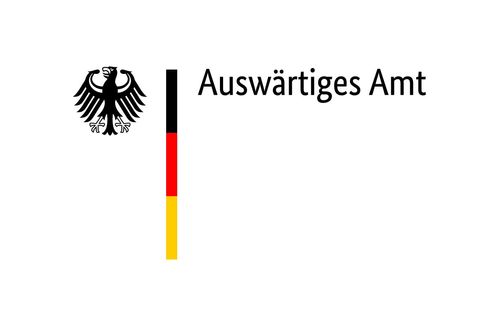Carved figures are often used to depict scenes from the everyday life. Initially, they were mainly used as toys for children, but artists later developed them into works of art, which are now also popular with foreigners as souvenirs – known as “airport art.” In many cases, figurative representations of everyday activities inspire artists to engage more deeply with the culture of their people. This presentation features carved figures by Aleksandr Pritčin. For a period, Erich Kasten accompanied his work, documenting both the artistic process and his reflections on Itelmen life.
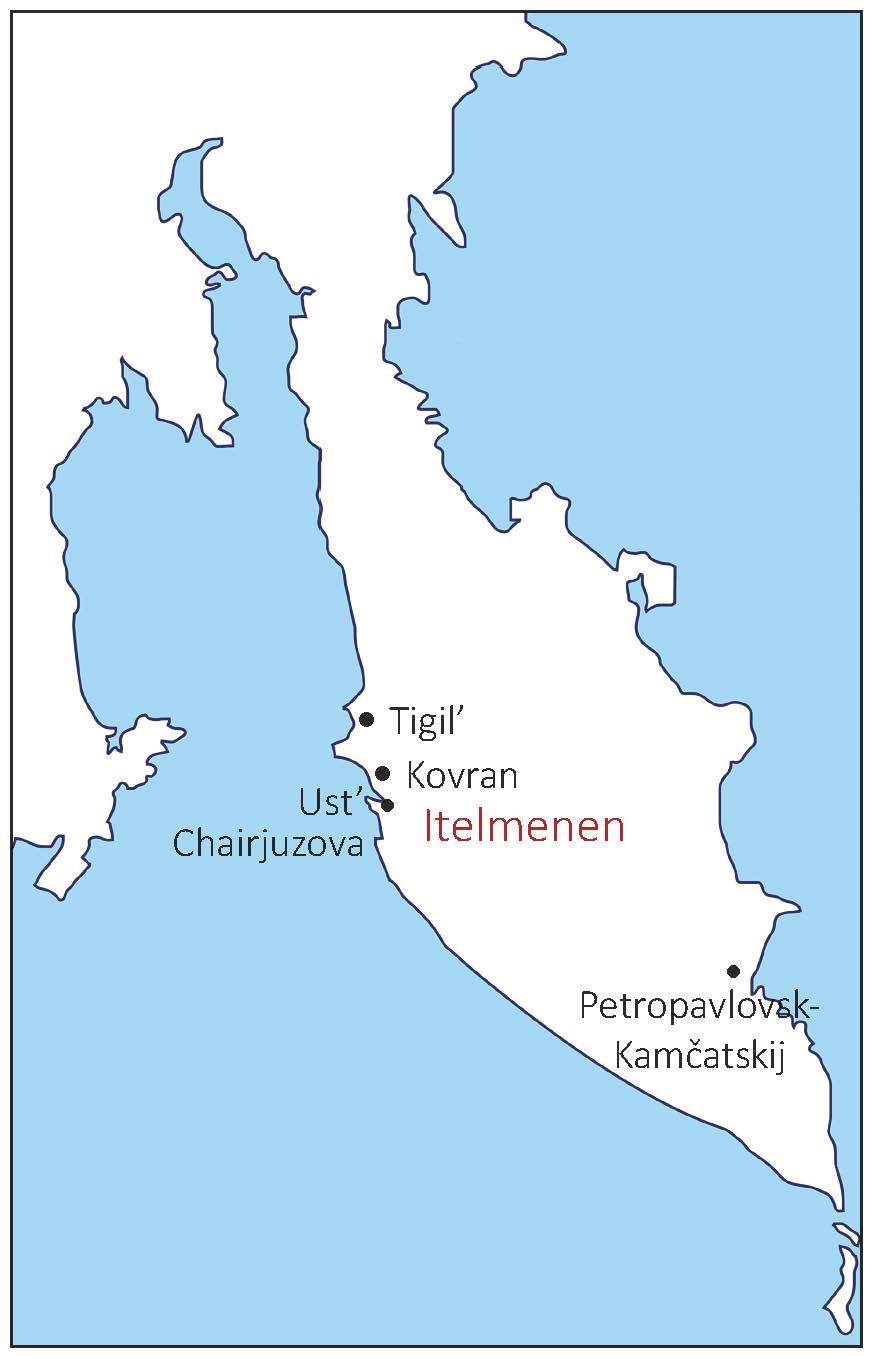
Itelmen
[Self-designation итэнмън] About 2500 Itelmen live today on the west coast of Kamchatka and in the valley of the Kamchatka River, where they are also called Kamchadals. Many Itelmen also live in the city of Petropavlovsk-Kamchatski and the town Elizovo. Fishing, hunting and the gathering of plants represent their livelihood. While they still inhabited large parts of the southern half of the peninsula until the end of the 19th century, they now form a compact settlement mainly in Kovran. The life of the Itelmen people in the 18th and 19th centuries is documented in the works of German-Baltic researchers. A recent study surveys their economic resources on the west coast of Kamchatka with a view to sustainable development. There, in the late 1980s, efforts to achieve self-government began in the wake of perestroika, which was paralleled by the revival of ritual festivals and a particular interest in preserving their endangered language.
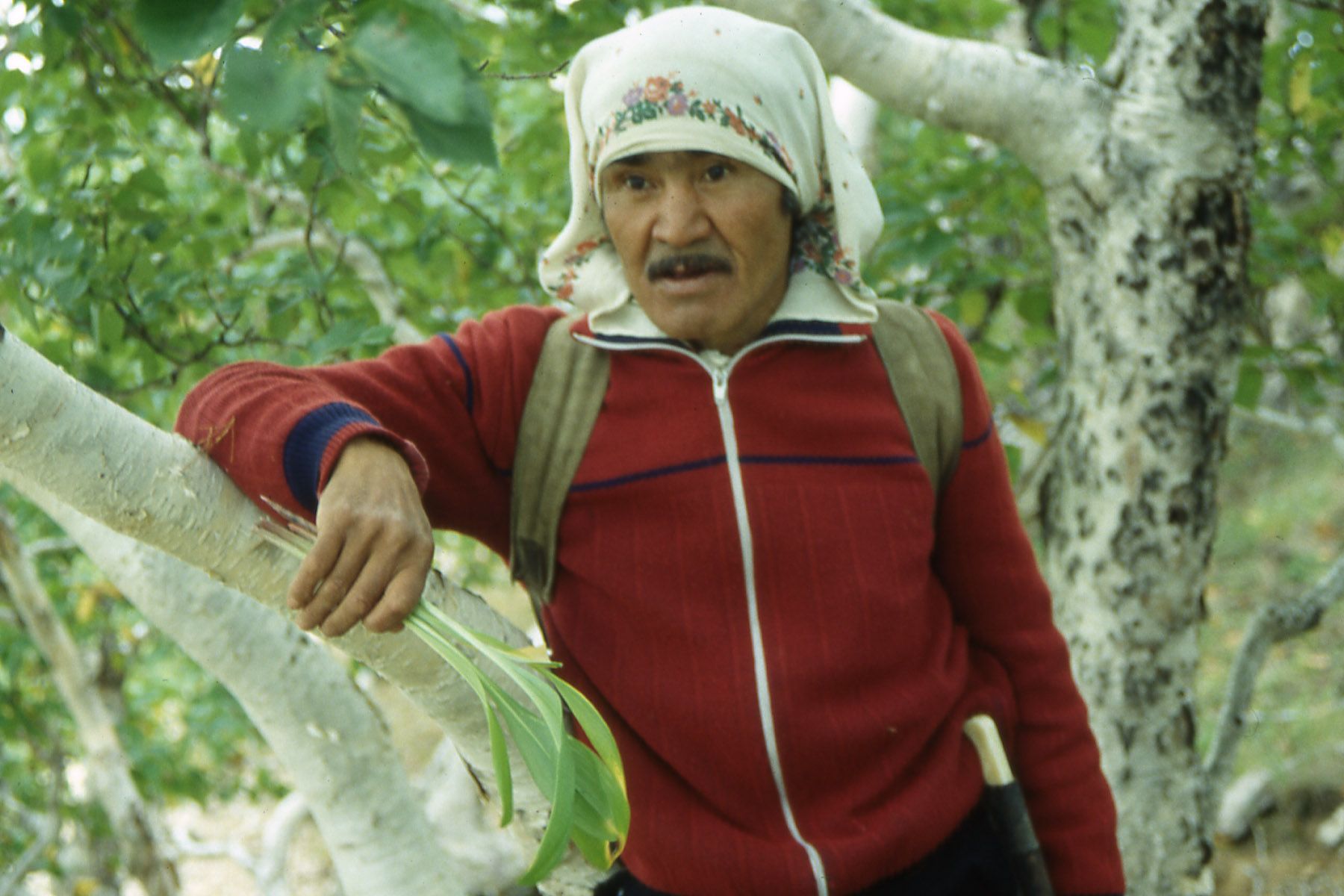
Scenes from everyday life
Worldview & Rituals
Former shamanistic practices live on in the memories of the Itelmen people. They find expression in artistic representations and imaginative children's drawings. Since the Perestroika era, the Alchalalalai festival and its rituals have been revived according to historical records as a celebration of reconciliation with nature. These festivals, which were described in detail by Georg Wilhelm Steller in the 18th century, were probably similar to those of the Koryaks, who live on the coasts and still celebrate them today.
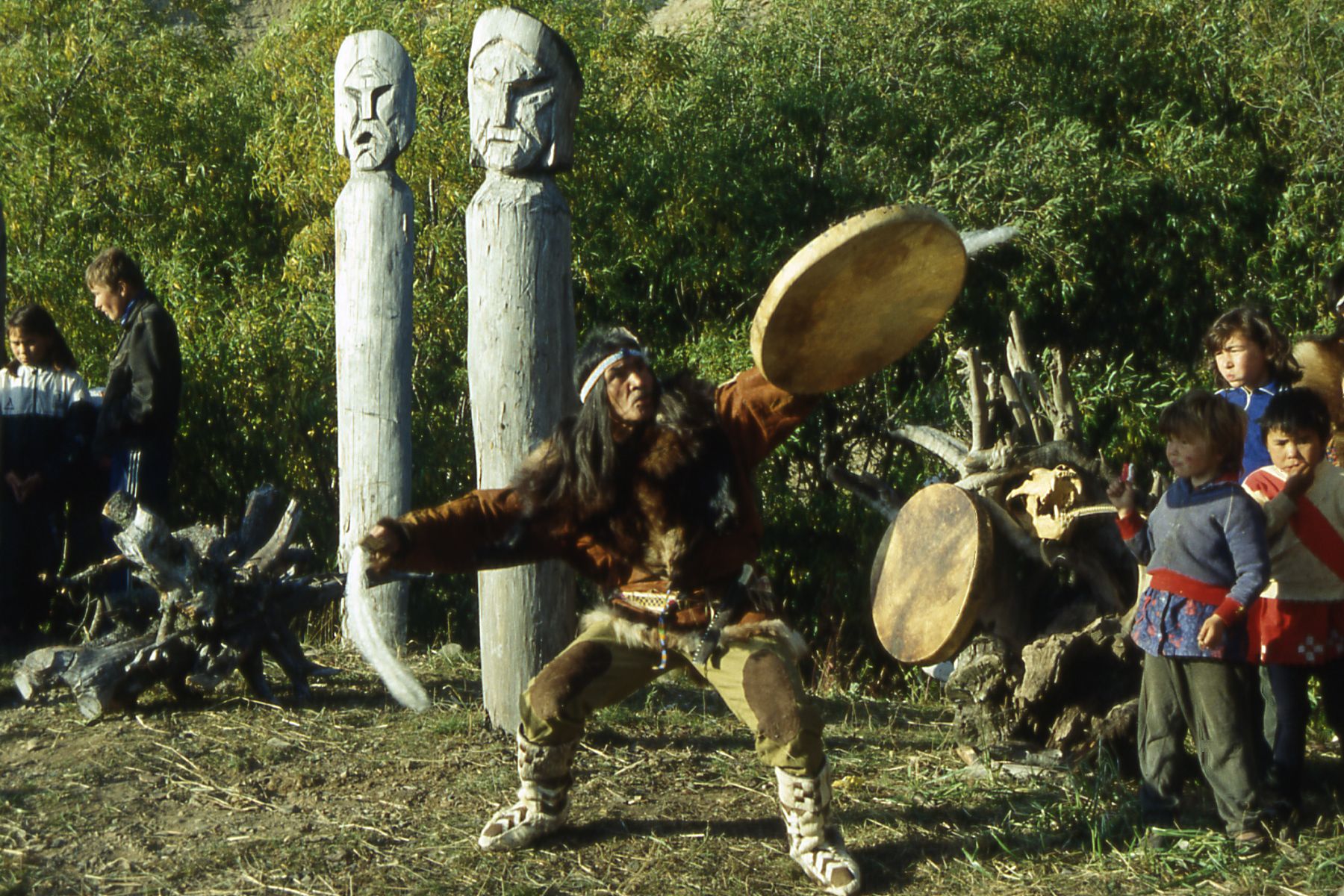
Gathering plants
The Itelmen people gather a variety of plants and berries at different times during the short summer. Until the introduction of potatoes, roots such as those of kimčiga (Claytonia tuberosa Pall.) were an important staple food, which are still gathered today. To do this, they use special sticks to locate the mice's storage caches. After digging up the caches, it was imperative to leave a small gift for the mice so that they would continue to gather food for the people the following year.
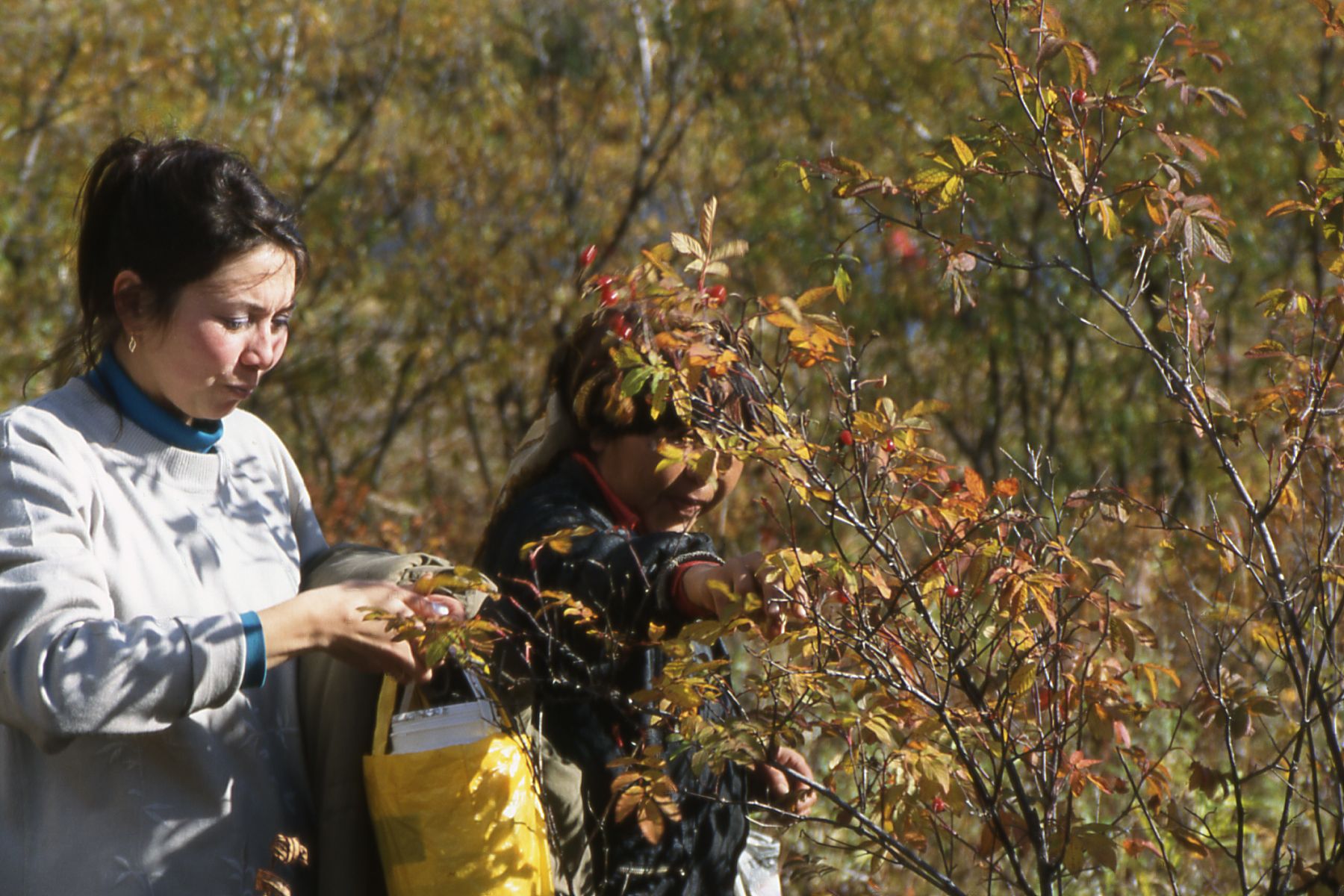
Fishing
Salmon are one of the most important foods for the Itelmen people, who catch them in rivers at different times of the year. After being caught, they are carefully cut up. They are then hung up to dry under the platforms of storage huts built on poles (balagan). This dried fish (yukola) is then used primarily as food for dog teams. Alternatively, the fish is smoked to make a particularly tasty dish called balik. In the past, dugout canoes (bat) were used to transport fish and other goods.
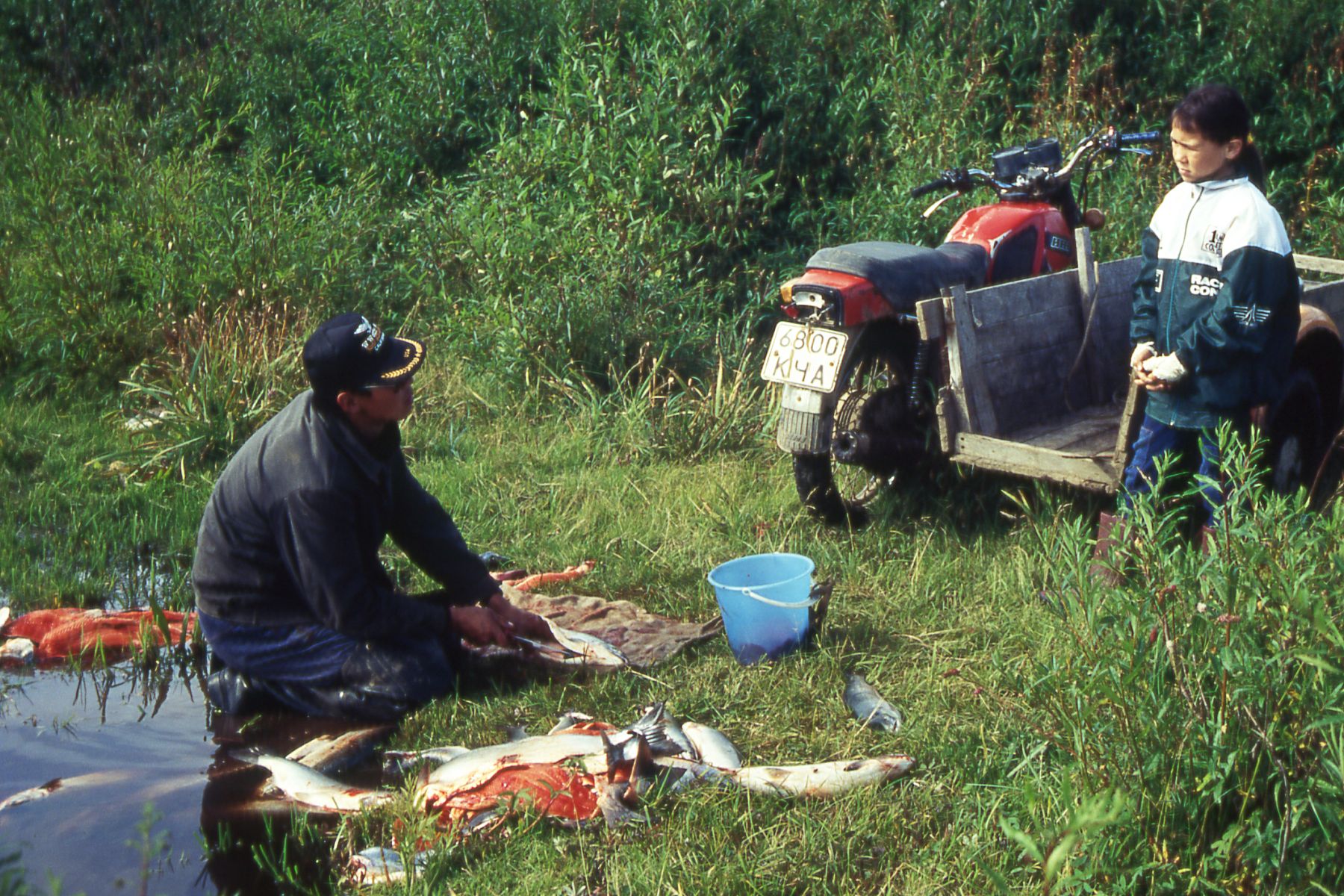
Hunting
Sea hunting for bearded seals and common seals is very important to the Itelmen people, as they provide not only food but also essential materials. Like bears, they were hunted using traditional methods for a long time after the introduction of guns. In winter, trapping for sable provides a necessary additional source of income. Dog sleds are used to travel to the trapping sites, which are also needed for other transportation during the winter.

Transport
The Itelmen people used dog sleds and dugout canoes (bat) for transportation, although the latter fell out of use in the second half of the 20th century. Dog sleds were a suitable means of transport for the Itelmen living on the coast because of the abundant fish stocks there. Some Itelmen still maintain dog sled teams today, but these are mainly used for competitions. This ensures that the old knowledge is not lost. Today, most transport is carried out by motorized vehicles.
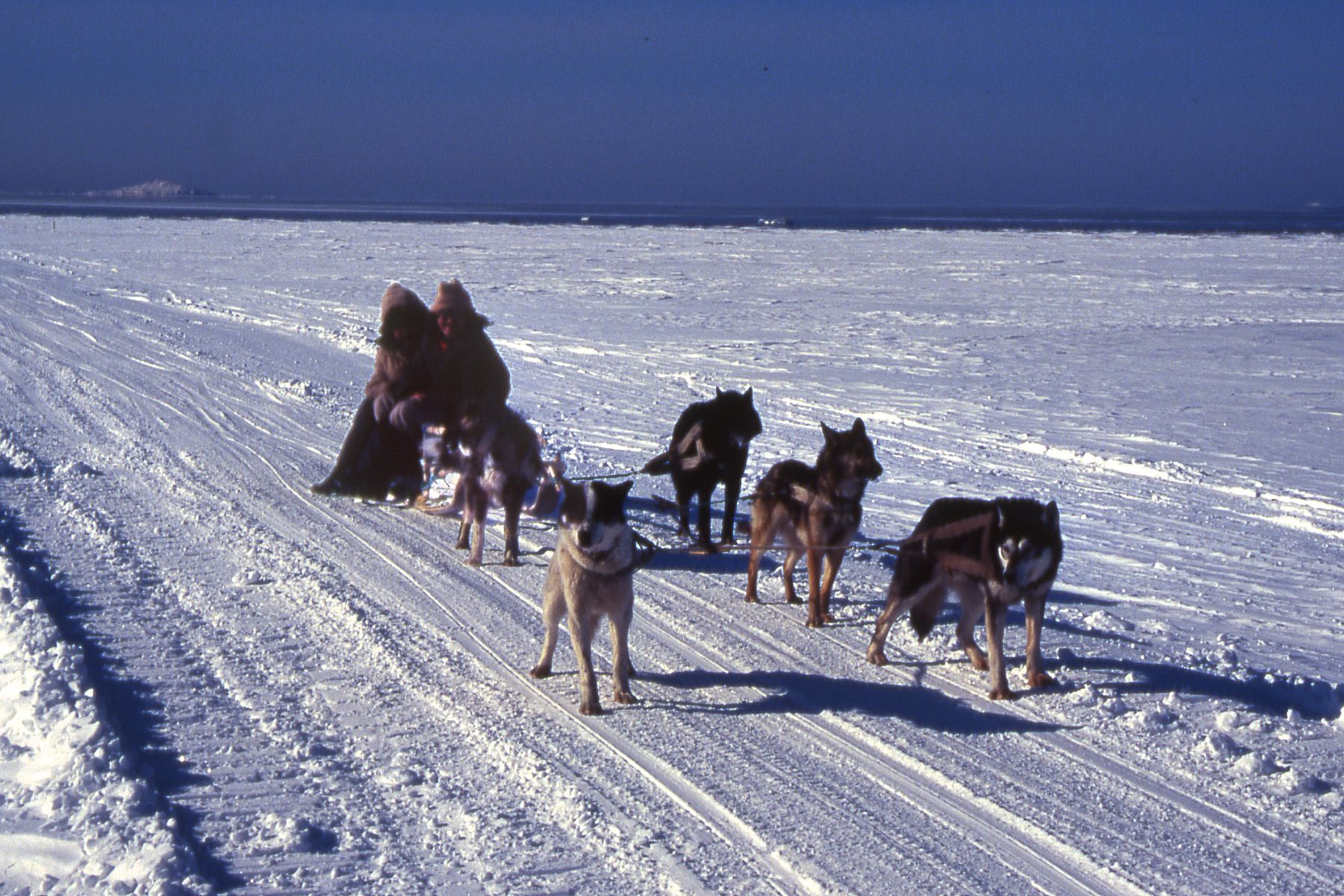
Household items
For the mush dish tolkusha, various ingredients are crushed in wooden bowls. In the past, fire boards were used to start fires by turning a stick in holes to ignite embers. Other ethnic groups in northeastern Siberia still use such fire boards for ritual purposes today. Lemishina, a type of chewing tobacco, was carried in birch bark containers on trips to the tundra. There, people liked to put it in their mouths during occasional rest and tea breaks..
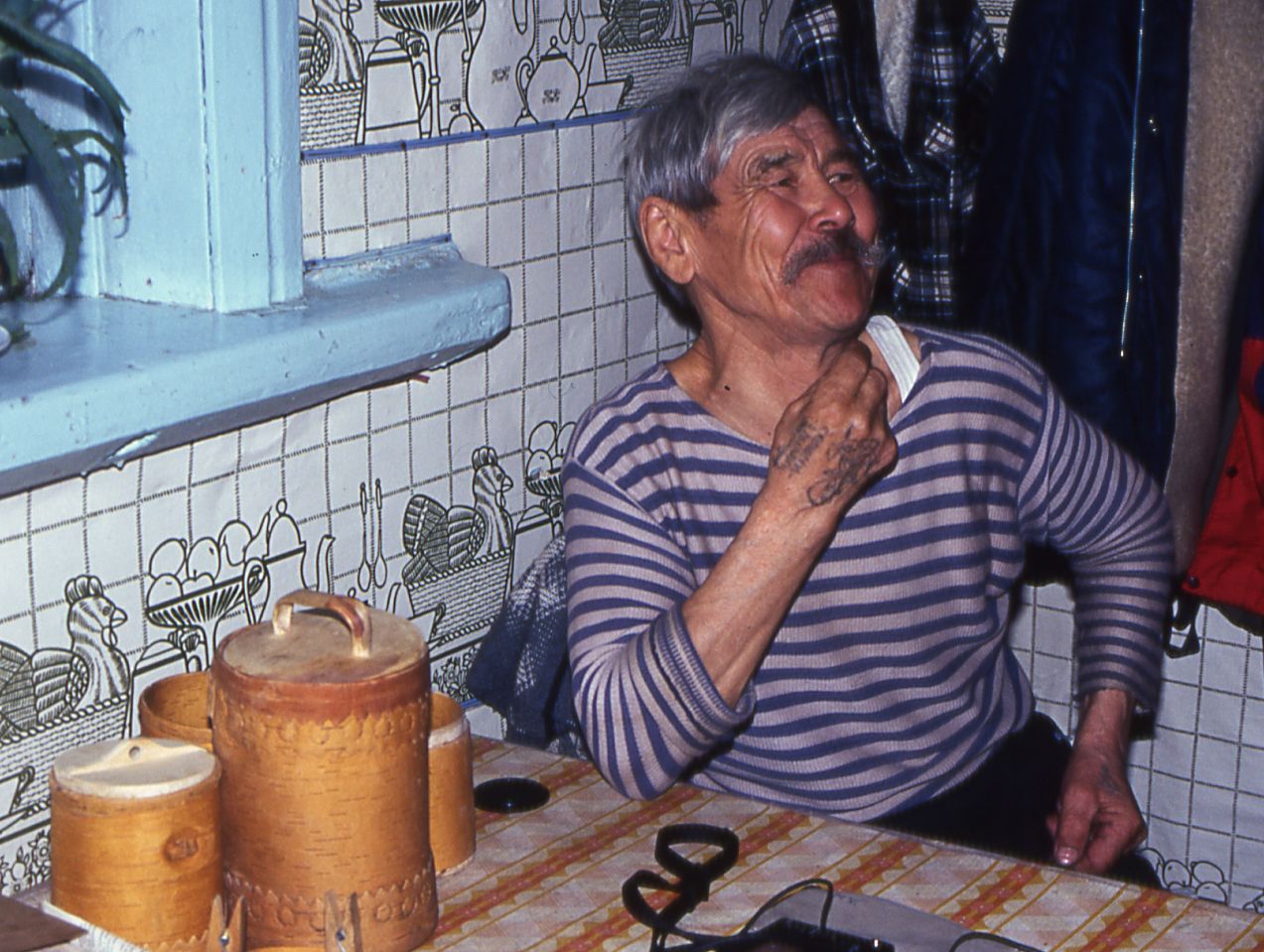
Music and dance
Dance and music are very popular among the Itelmen people. During performances by the Itelmen ensemble El'vel' at the annual Alkhalalalai festival, older residents spontaneously join the crowd with their traditional dance styles. The festival concludes with a dance marathon that lasts all night until dawn. Under the influence of Ukrainian choreographers, the dances changed during the Soviet era, with elegantly staged performances replacing the often bent and twisted postures that can still be seen today among older dancers (especially among the Koryaks).
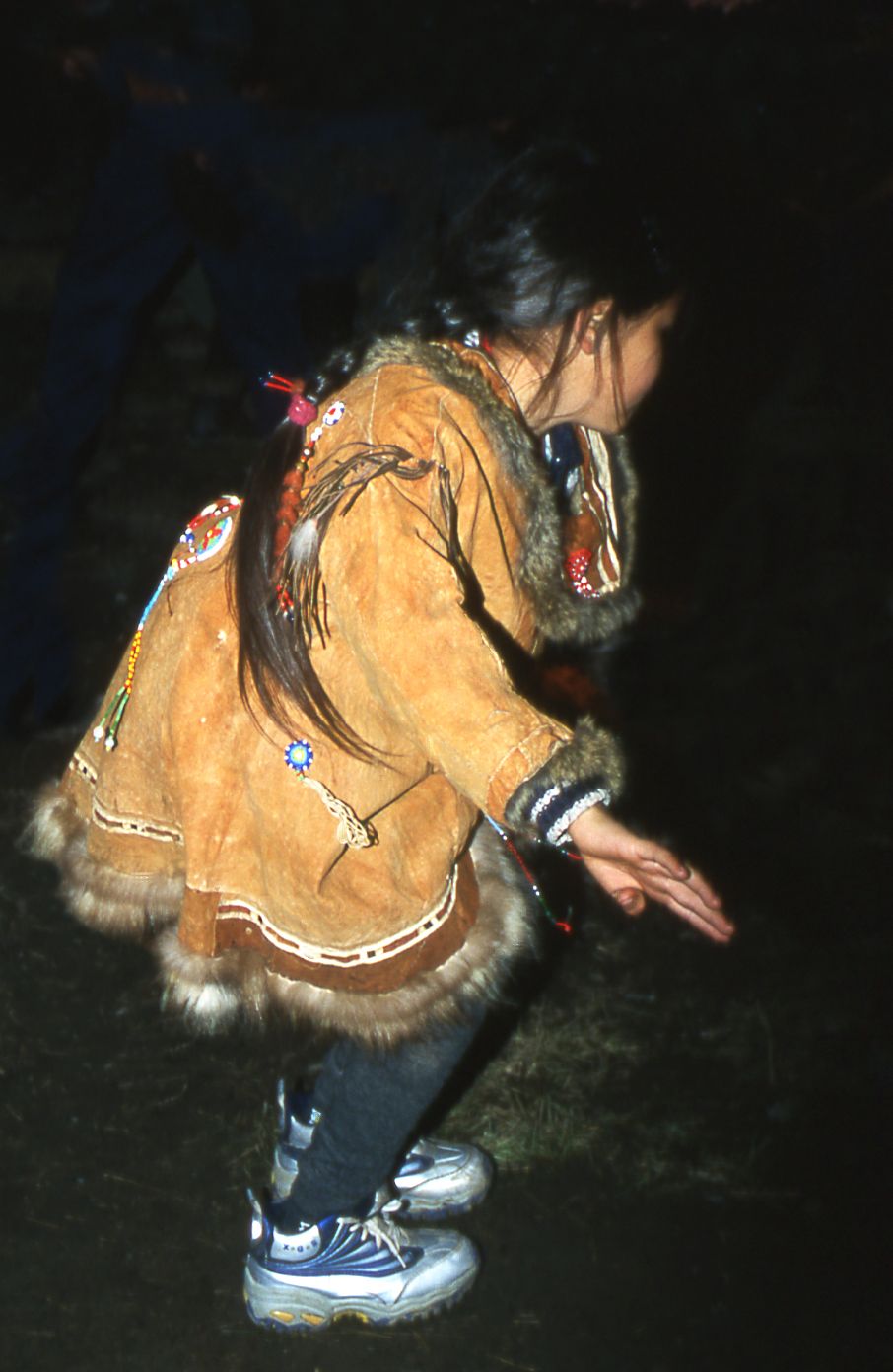
Group by
Scenes from everyday life
Single bear
Sable hunt
Preparing a mash
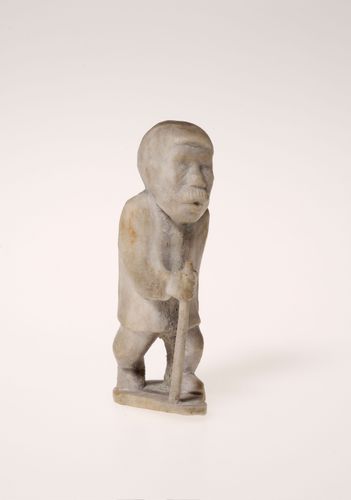
Giant
Warrior
Before the hunt
Collecting roots
